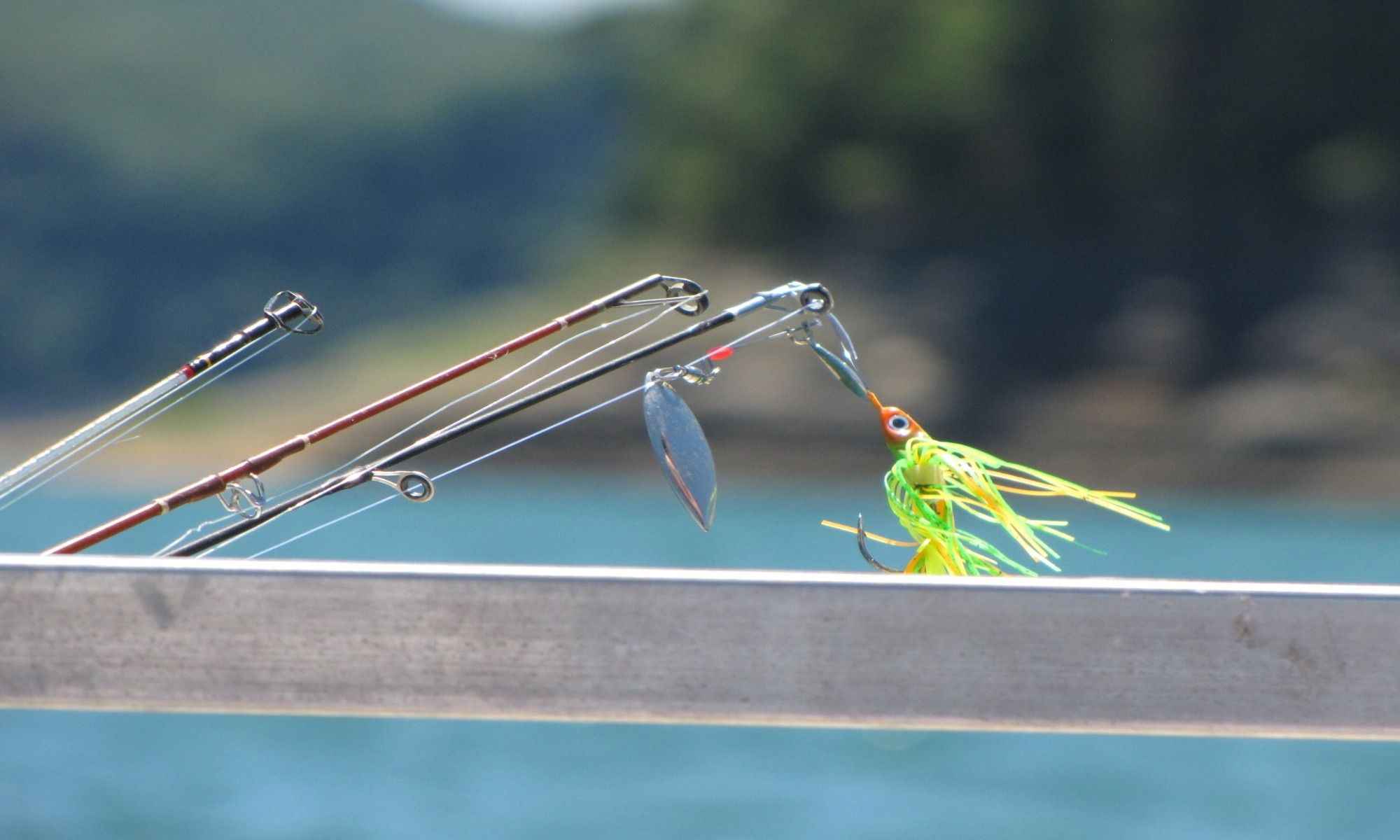Master These 5 Jigging Retrieves
These five jigging retrieves will help you hook the fish you want and gain expertise in this versatile fishing lure.

One of the most popular lure fishing methods out there is jigging. Many anglers use it because you can catch a wide array of fish with it in both freshwater and saltwater habitats. Another reason why it’s so popular is its versatility as it works pretty well in any given situation—whether you’re casting your line in the summer or winter; in clear or muddy water; moving or stagnant water; shallow flats or deep sea; bottom or surface dwellers. Yes, you can pretty much get jiggy with it whenever or wherever you like.
A jig is basically a simple lure that contains a lead sinker, a hook, a head, and a soft plastic or rubber molding that mimics the movement of live bait when the lure is moved a certain way underwater. While other types of lure move horizontally in the water, jigs move vertically, meaning it moves up and down through the water columns.
Jig heads come in various shapes and sizes. Some of the most popular jig heads include roundhead, bullet head, stand-up head, and tube head. The soft molding that covers the contraption also come in different color, shapes, and sizes, which anglers can choose accordingly depending on the size and species of your intended target. If, for instance, you’re going for big bass, you’re going to need a bigger jig. If you’re fishing in murky water, you will need colorful jigs to make it more visible underwater. The key to choosing the right type of jig is matching it to your intended target’s preferred prey.

Now, jigging is definitely effective in catching fish anytime and anywhere—that is, of course, if you know how to work it. As you may have guessed by now, jigs can only work well if it’s presented in a way that your target will find irresistible. That means that your success using this method all boils down to your retrieval motions.
Here are Five Retrieves You Should Master
1.Swim Jig

One of the easiest and most often used jig retrieval techniques is swimming the jig. As the name suggests, you’re mimicking the swimming motion of bait when you employ this retrieval technique. It’s great for fishing areas with a lot of under and over water structures as the motion and the sharp-nosed head allow you to weave through thick weeds and rocks without getting hung up. While this method works well in catching some bottom-feeders, you can also use this to fish the top part of the water column and get a great result.
When you’re targeting bottom dwellers, cast your line and let your lure sink to the bottom. Once you feel your lure hitting the bottom, reel it in as slowly as you can, making sure the lure stays near the bottom. This will create that swimming motion that your target will surely notice. You will also need to “feel” the structure underneath by bumping the lure to as many pieces of structure underneath as this will get the attention of any fish that may have been using the structure as a cover.
As soon as you feel a bite, pop up the tip of your rod as hard as you can to make sure the hook digs deeply into the fish’s jaw. Once you feel the hook is tightly lodged into your target’s mouth, reel it in.
For fishing the top part of the water, just cast the jig and as soon as it hits the water, start reeling it back to you as fast as you can. This will make your lure look like a fish that’s swimming near the surface. This will work best if you throw your line atop a submerged structure where fish tend to keep cover.

2. Flip Jig
Another versatile jigging technique that works well in both shallow and deep waters is flipping. This highly stable jigging setup is often equipped with a compact lead or tungsten head, an oversized hook, and a wide weed guard. This combination allows you to drag your lure across thick structures without getting your hook entangled.
To make this jig retrieval work, you need to drop your lure near or on areas where there are plenty of grass or rock structures. Make sure that there’s a little slack on the line. When you feel the lure hitting the bottom, twitch the tip of your rod upwards to make the jig hop along the bottom. This will make the jig move like a fleeing crawfish or baitfish and it will make your target pounce hard on your lure. Start reeling in fast as soon as you feel your target strike to make the fish bite harder.
3. Crawl Jig
Much like the swimming jig retrieval method, the crawl technique mimics a baitfish swimming along the bottom well. The only difference between the two is that while you’re slowly reeling in the line on the swim retrieve, the crawl retrieve requires you to drag your line across the water. Make sure to use a football or a ball jig head to make this work flawlessly.
To do this, just cast out your jig on an underwater structure. Once it hits the bottom, start dragging it to one side slowly and then stop. Be careful not to twitch your rod up to make your jig look like a baitfish that’s just swimming casually along the bottom. Just do this slow drag and pause motion from one side to the other until you feel the line getting tight. This will mean two things—it’s either your hook got snagged on something or you have a fish on the other end of your line. If your hook just got stuck on something, just pop your rod up to release your line and then start the whole process of dragging and stopping again. If, however, a fish is caught, set the hook deeper into the fish’s mouth by yanking your rod hard then start reeling in.
4. Stroke Jig
Stroking a jig is much like crawling, except, instead of the drag and stop motion, you’re slowly dragging and then popping your line up to create that hooping motion. This will make it seem like a fleeing crawfish or baitfish and it will attract fish to your lure.
Stroking a jig is pretty easy as well. Just throw your line next to an underwater structure and let it sink to the bottom. Once you feel it hit the bottom start dragging it slowly to one side and then twitching the tip of your rod up to make the lure hop a few feet from the bottom. Let the jig sink to the bottom again, making sure that the line is semi-slack, then pop the rod back up again. Do this motion again and again until you feel the line go tense, which means you have a fish hooked on the other line. That’s when you reel in faster to set the hook deeper into the fish’s mouth. Also, be ready to reel in the line as soon as you feel a tic or a thump while the lure is sinking back down as this is when most fish are caught using this method.
5. Yo-yo Jig
Many of you experienced anglers out there have probably used this method for spinner and cranks. But did you know that you can apply this method for jigging as well? To do this, just cast the jig into a heavily vegetated area and once it falls deep into the vegetation, just give your rod a sharp yank, then let the jig sink back down. Repeat this yo-yo process continuously while slowly reeling in the slack until the jig is fully reeled in then cast it back out again. Be careful not to yank the rod too hard as you can easily snap your line when the jig gets caught on the vegetation. This method works best if you use a light to medium jig—preferably with 1/8- to 1/4-ounce weight.




